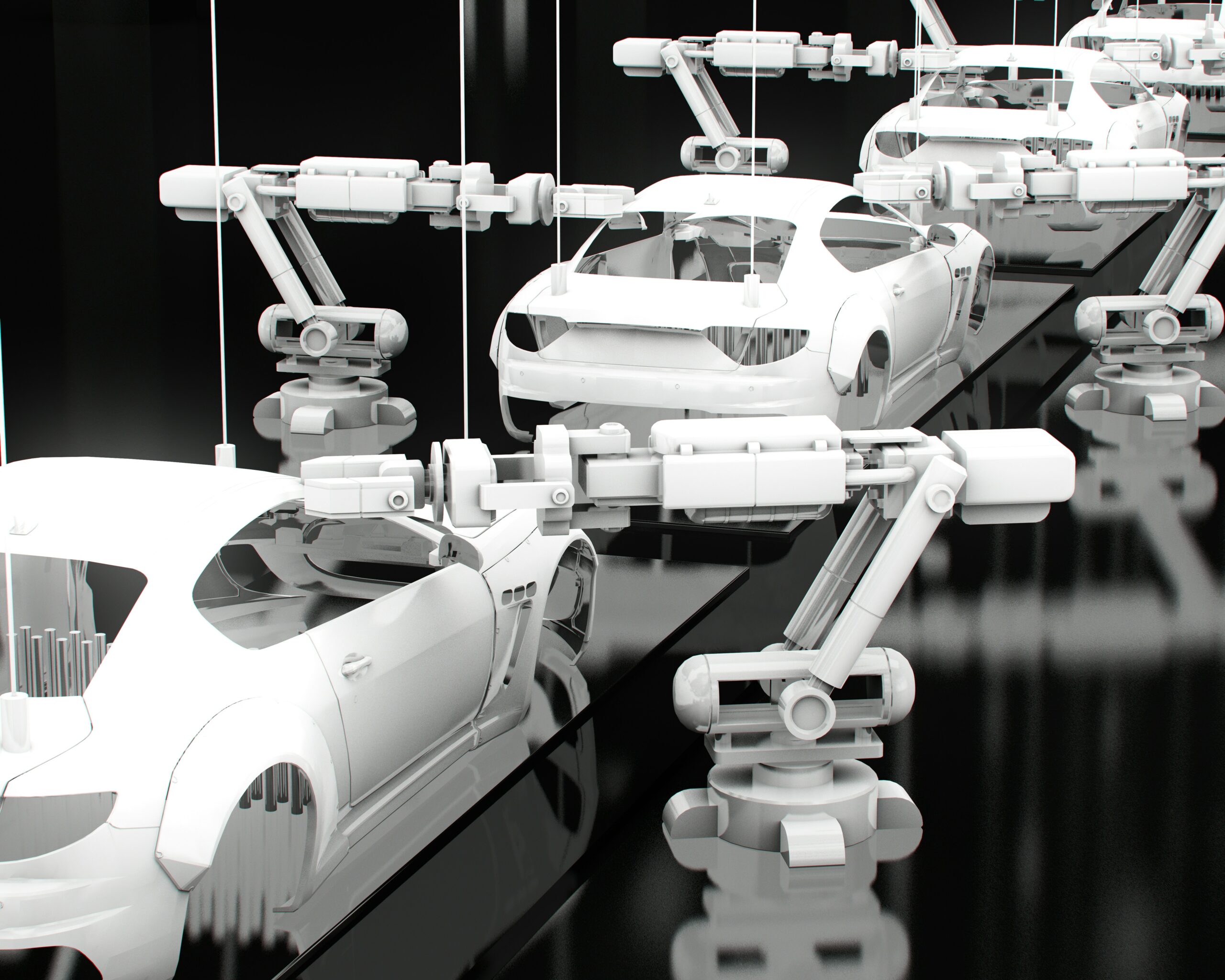
Thanks to the integration of robotics, the field of surgery is witnessing a revolutionary transformation. As technology evolves, robotic-assisted procedures are setting new standards for precision, reducing human error, and enhancing outcomes. This remarkable evolution is not just reshaping surgical practices but also offering newfound hope and capabilities in patient care.
Cutting-edge Surgical Innovation: Unleashing the Power of Robotic Assisted Procedures
1. The Rise of Robotic Surgery
Robotic surgery, often visualized as the domain of sci-fi, is now a reality in operating rooms worldwide. The journey began with the development of systems like the da Vinci Surgical System, which allowed surgeons to operate with enhanced precision through minimally invasive techniques. Today, these machines provide a high-definition, 3D view of the surgical site and translate the surgeon’s hand movements into more precise actions of miniaturized instruments inside the patient’s body.
2. The Technology Behind the Innovation
At the heart of robotic-assisted surgery lies sophisticated software and hardware, including multiple robotic arms, precise imaging, and advanced sensors. These components work in harmony to augment a surgeon’s ability to perform complex procedures. The technology not only improves accuracy but also significantly reduces the surgeon’s fatigue by offering ergonomic support, which is crucial during lengthy operations.
3. Advantages Over Traditional Methods
Robotic systems offer numerous advantages that significantly outpace traditional surgical methods:
Enhanced Precision and Control: Robotic arms can make tiny, meticulous movements, which reduces the risk of tissue damage and improves outcomes in delicate surgeries such as neurology, urology, and cardiothoracic operations.
Reduced Recovery Time and Scarring: The minimally invasive approach results in smaller incisions, which translate to less pain, reduced scarring, and quicker recovery times for patients.
Greater Accessibility to Complex Procedures: Robotics can extend the capabilities of surgeons, making complex procedures more accessible and reducing the variability in patient outcomes.
4. Expanding Applications
Initially, robotic-assisted surgery was primarily used for prostatectomies and gynecological surgeries. However, its scope has expanded dramatically. Today, it is employed in a wide range of procedures, including complex cardiac surgeries and delicate pediatric operations. Research and development are continuously pushing the boundaries of what robotic surgery can achieve, including entirely new methods of treatment that were previously thought impossible.
5. Challenges and Considerations
Despite its many benefits, robotic-assisted surgery comes with its challenges:
High Costs: The initial investment for robotic systems is significant, often running into millions of dollars, in addition to maintenance costs and training expenses.
Learning Curve: Surgeons must undergo extensive training to master these sophisticated systems, and the integration into hospital workflows can be complex.
Technical Limitations and Reliability: While rare, technical failures can occur, which require immediate readiness for traditional intervention.
6. The Future of Robotic Surgery
The future of robotic-assisted surgery holds immense potential. Ongoing advancements in artificial intelligence and machine learning are expected to enhance the capabilities of robotic systems even further. AI integration promises improved surgical planning and support for real-time decision-making during operations. Moreover, the advent of remote surgery could bring specialist surgical expertise to remote and underserved regions, demonstrating a significant leap towards equitable healthcare access.
Embracing a Robotic Revolution
Robotic-assisted surgery is more than just a technological triumph; it is a paradigm shift in how medical care is delivered. It represents a fusion of science, technology, and medicine, aiming to provide the highest standard of patient care. As the technology evolves and becomes more accessible, it promises to expand the horizons of medical science, offering safer, quicker, and more precise surgical interventions. This cutting-edge innovation is not just enhancing current surgical practices but is also paving the way for new possibilities in medical treatment and patient recovery.